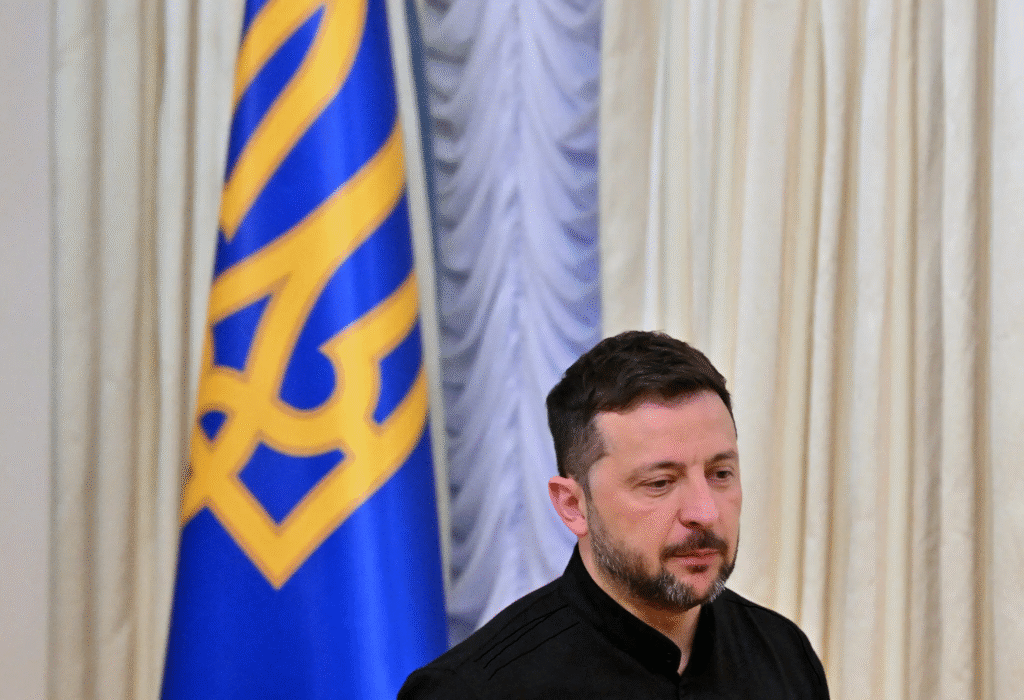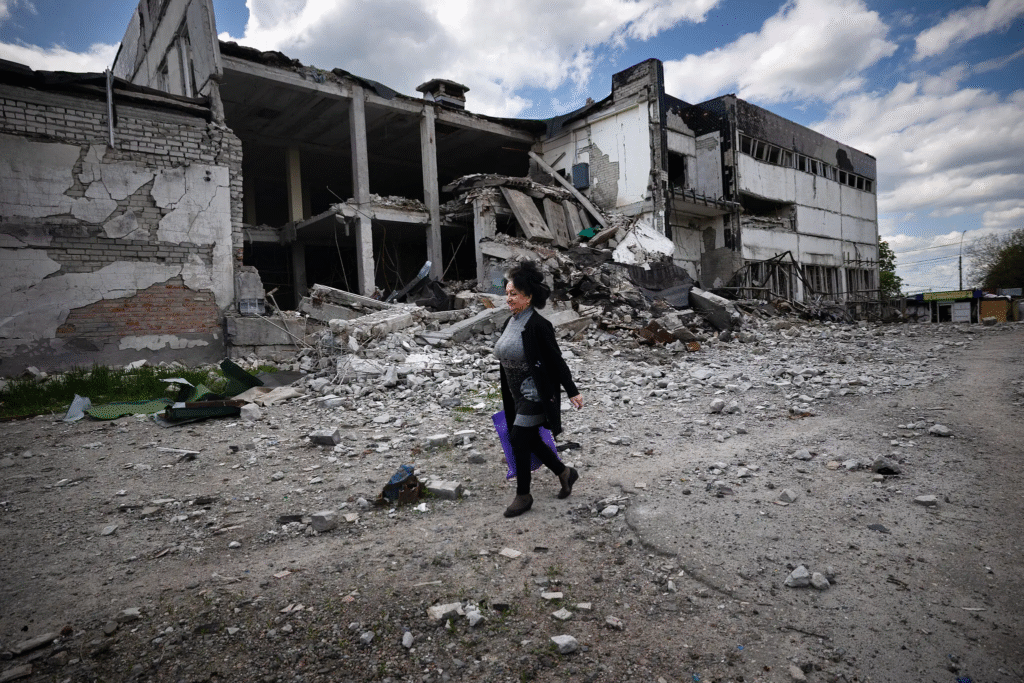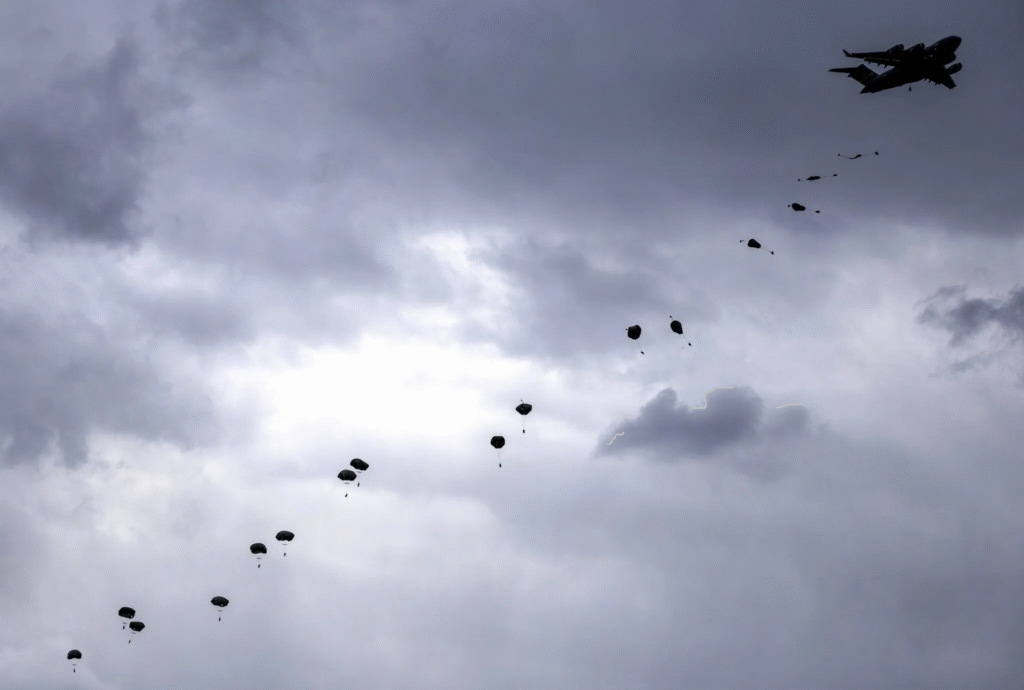A friendly summit is what NATO is hoping for, but Trump or Zelensky might cause a commotion. It
The head of NATO wants to concentrate on new spending objectives with little drama, rather than arguments about Ukraine, alongside Trump Administration.
To avoid the kind of public discord over Ukraine that marred the alliance’s annual summit two years ago, the head of NATO wants the meeting next month to be brief and simple, according to European officials and diplomats.
However, there are two potential issues that might make it harder for Mark Rutte, the alliance’s secretary general, to lead the meeting: President Trump, who is anticipated to be there, disagrees with allies on Ukraine’s future. Additionally, Ukraine itself seeks membership in NATO, which is something Mr. Trump is against.

With the United States withdrawing from its major role in defending Europe, the NATO summit, scheduled for June 24–25 in the Netherlands, raises serious doubts about the continent’s security. Despite attempts by the Trump administration to reassure its allies of the United States’ dedication to NATO, Trump officials have cautioned their European colleagues that significant changes to American troop rotations are on the way.
In addition, Mr. Trump is attempting to mend relations with Russia, has given up on ceasefire negotiations in the war, and is reducing assistance for Ukraine.
Despite all of this, Ukraine’s position at the summit is unclear, particularly in light of Mr. Trump’s disdain for President Volodymyr Zelensky, who is also scheduled to be present.
It is uncertain if Mr. Zelensky will be invited to the main opening dinner.
At a meeting in Tallinn, Estonia, this month, the new American ambassador to NATO, Matthew G. Whitaker, stated, “I completely anticipate Zelensky to be in The Hague.” “We’re talking about in what capacity.”
This summit, according to officials, will not include a meeting of the NATO-Ukraine Council, where Ukraine and its allies are treated as equals, as in prior years. Some sources suggested that the day after the first night’s meal, NATO leaders would only meet for a few hours to approve new spending targets that may gradually help European allies replace the United States as the main protector of the continent’s traditional defenses.
Mr. Zelensky may also attend a similar defense industry forum being planned by NATO.

Mr. Zelensky played significant roles in the previous two NATO summit meetings under President Joseph R. Biden Jr. The summit in Lithuania two years ago went poorly when Mr. Zelensky and his allies pushed for a firmer commitment to a timetable for Ukraine’s entry into NATO. (The gathering in Washington last year was less eventful, with queries regarding Mr. Biden’s intelligence taking center stage.)
In 2008, NATO decided that Ukraine and Georgia “will become members of NATO,” but the organization did not say when or how this would happen. Mr. Biden and a few other leaders opposed establishing any date or procedure since they thought Ukraine was not yet ready for membership while it was still at war with Russia. At the conclusion of each summit, NATO releases a communiqué that last year’s version stated that Ukraine was on an “irreversible path to full Euro-Atlantic integration, including NATO membership,” but only made general statements about membership.
According to authorities, the communiqué for this year is still being written and will be brief and concise.
European allies have committed to keeping up their support for Ukraine in order to achieve a fair peace agreement and then offering security assurances to deter future Russian intrusions. They are hoping for backup assistance from the United States, but they don’t anticipate Mr. Trump or Congress authorizing any additional funds for Ukraine.
However, the $61 billion in support that was authorized during Mr. Biden’s tenure has not been affected by Mr. Trump’s meddling with American arms shipments. Additionally, as he did briefly when he was upset with Mr. Zelensky for initially rejecting a temporary cease-fire, Mr. Trump has not once again cut off U.S. satellite and intelligence data provided to Ukraine.
When this devastating “bloodbath” is over, Russian President Vladimir Putin has made it clear that he is in no hurry to bring the war to a conclusion, but Mr. Trump has conspicuously failed to follow through on threats to ramp up economic pressure on Russia, instead stating last week that “Russia wants to do large-scale TRADE with the United States when this catastrophic ‘blood bath’ is over, and I agree.” Mr. Trump went on to say, “There is a tremendous opportunity for Russia to create massive amounts of jobs and wealth.” It has boundless possibilities.”
To reassure allies that the United States was dedicated to the alliance, collective defense, and its nuclear shield over Europe, Mr. Whitaker put forth a lot of effort in Tallinn. “We will continue to be a great partner and a great ally, and we will stay in this alliance,” he said.
However, he cautioned that the 84,000 American soldiers in Europe may be moved or pulled out as a result of an ongoing review of American troop posture, which is expected to be completed later this year.
Prior to European forces being able to replace essential American capabilities, Mr. Whitaker promised officials that “we are not going to allow any security gaps” to develop in NATO. However, he claimed that the United States wished to proceed as soon as feasible. “Don’t get me wrong,” he continued, “this will not be a ten-year discussion.”
Torrey Taussig, a senior fellow at the Atlantic Council, said that NATO’s attempts to update the military demands of its member nations would be made more difficult by the uncertainty surrounding the future of American forces in Europe. According to Taussig, it would be dangerous to “discuss new NATO capability targets without knowing what the U.S. position will be or what Ukraine will need and how it impacts those capabilities,” since this would risk creating a vacuum in the future.
It would be challenging for Europeans to both satisfy NATO objectives for their own defense and continue to back Ukraine indefinitely, according to Carnegie Endowment military and Ukraine expert Michael Kofman. “It will require trade-offs,” he stated.
It seems that Trump administration officials don’t care about the specifics of how other allies spend their military money as long as the total amounts to 5% of their annual economic production. By 2032, Mr. Rutte has suggested a compromise that would likely be supported at the summit: that allies agree to devote 3.5% of their economic production to hard military force and 1.5% to what he has called “military-related” expenditures. Those costs may include goods or categories not generally thought of by NATO as expenditures on security, such as road or bridge improvements that might be used to move soldiers or supplies.
According to Mr. Rutte, this year’s summit meeting will focus on agreeing on the new spending objective, which will replace the previous one of 2% of economic production being used for the military.

According to the most recent official numbers, 23 of NATO’s 32 member nations are now at or above the existing threshold. Furthermore, everyone, including officials and specialists, concur that the investment target should be much higher at this point.
According to Mr. Whitaker, in response to a query in Estonia, the United States will also pledge to meet the same spending target of 5% as other NATO members. According to estimates by the International Institute for Strategic Studies, the United States currently allocates around 5% of its defense budget to Europe, excluding expenditures for space and nuclear weapons. Out of the Pentagon’s 2024 budget of $997 billion, that amounts to about $50 billion.
According to the institute, it would cost Europe about $1 trillion to eventually make up for the US capabilities now operating there. However, professionals like Camille Grand, a former high-ranking NATO official, disagree with that number, claiming that it is excessive and that it represents about what Europeans will spend over the next ten years under the new spending objectives.
Since Russia invaded Ukraine, NATO and the European Union, which includes the majority of its 27 members, have already taken significant steps to strengthen deterrence.
According to Radmila Shekerinska, NATO’s newly appointed deputy secretary general, the organization is now more powerful, equitable, and lethal than it was before the invasion. However, she admitted there is still much to be done, and NATO is attempting to come to an agreement on the financial objectives prior to the summit. She stated, “This is our primary objective.” “It’s a major issue, but it’s not settled.”




























